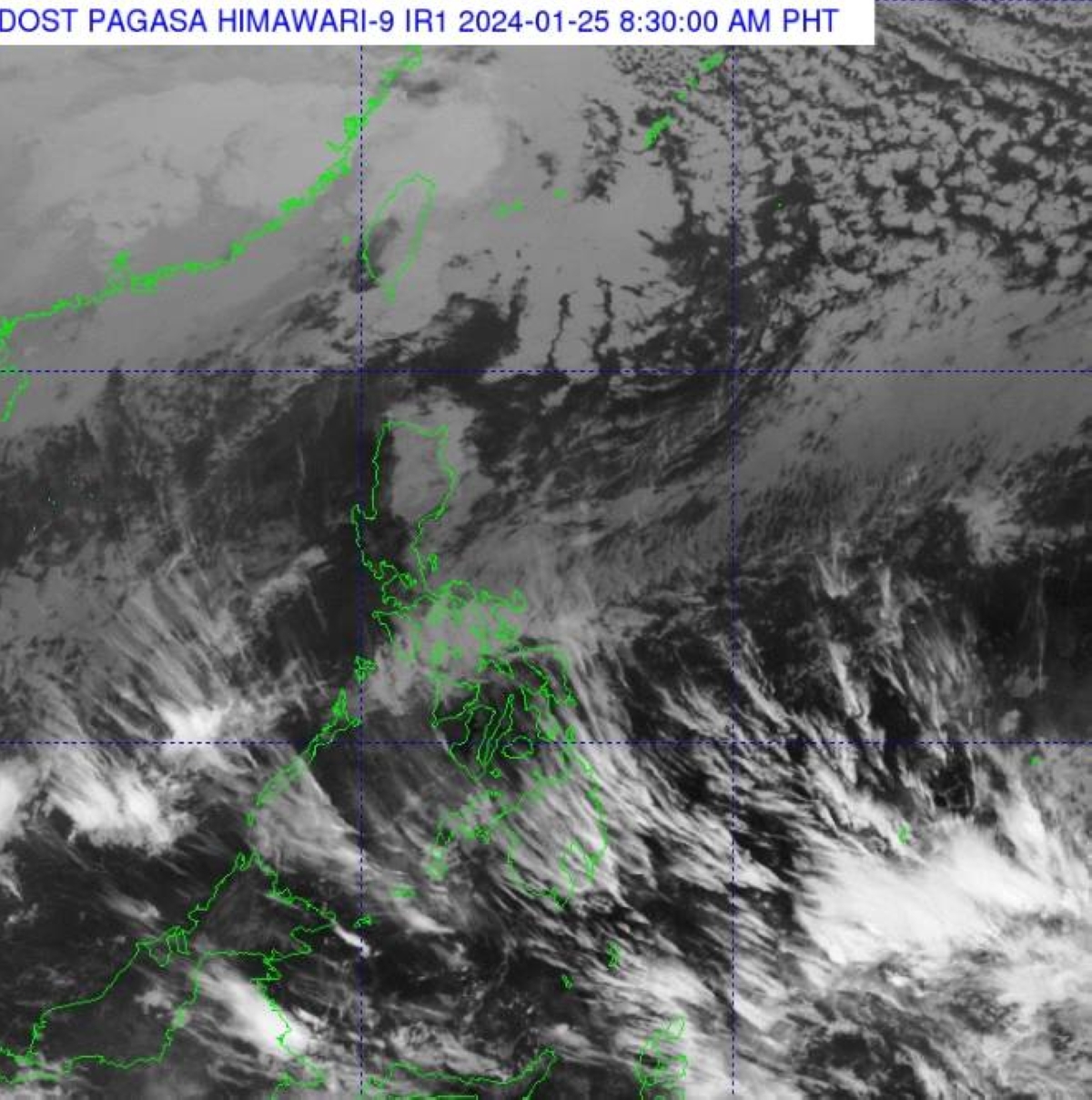The weather in the Philippines is currently being influenced by the shear line, where hot and cold air converge, bringing rain to the eastern section of Southern Luzon. According to Benison Estareja, a weather specialist from the Philippine Atmospheric Geophysical and Astronomical Services Administration (Pagasa), there are no tropical cyclones or low pressure areas (LPAs) within or outside the country’s area of responsibility at the moment.
While most parts of the country can expect fair weather, there may be scattered or isolated downpours and thunderstorms in the afternoon or at night. Pagasa advises residents to be prepared for these weather conditions.
In addition to the Bicol region, the shear line is also affecting Oriental Mindoro, Romblon, Marinduque, Aklan, Capiz, and Northern Samar, as stated in the 5 a.m. advisory from the state-run weather agency.
In other parts of Luzon, including Metro Manila, the northeast monsoon or “amihan” is prevailing. Over the next 24 hours, these areas may experience partly cloudy to overcast skies with isolated light rains.
The rest of the country can expect isolated rain showers or thunderstorms, primarily due to localized thunderstorms. It is important for residents to stay updated on the weather conditions and take necessary precautions.
Understanding the local weather patterns and their impact is crucial for residents and visitors alike. The shear line, which brings rain to the eastern section of Southern Luzon, is a phenomenon that occurs when hot and cold air masses meet. This convergence creates unstable atmospheric conditions, leading to the development of rain showers and thunderstorms.
While the presence of a shear line does not necessarily indicate the formation of a tropical cyclone or low pressure area, it can still bring significant rainfall to affected areas. The Philippine government, through Pagasa, closely monitors these weather systems to provide timely and accurate forecasts.
For those residing in the Bicol region, Oriental Mindoro, Romblon, Marinduque, Aklan, Capiz, Northern Samar, and other areas affected by the shear line, it is important to stay prepared for sudden changes in weather. Having necessary supplies, such as umbrellas and raincoats, can help individuals navigate through the scattered or isolated downpours and thunderstorms.
Meanwhile, residents in Luzon, including Metro Manila, should be aware of the influence of the northeast monsoon or “amihan.” This weather pattern brings cooler air from the northeast, resulting in cloudier skies and the possibility of light rains. It is advisable to check the latest weather updates and plan activities accordingly.
Throughout the rest of the country, localized thunderstorms may occur, leading to isolated rain showers or thunderstorms. These weather conditions are typical in tropical regions and can be managed by staying vigilant and following safety guidelines.
By understanding the local weather patterns and being prepared for potential changes, residents and visitors can ensure their safety and make the most of their time in the Philippines. Whether it’s enjoying fair weather or navigating through rain showers, being informed and adaptable is key.







